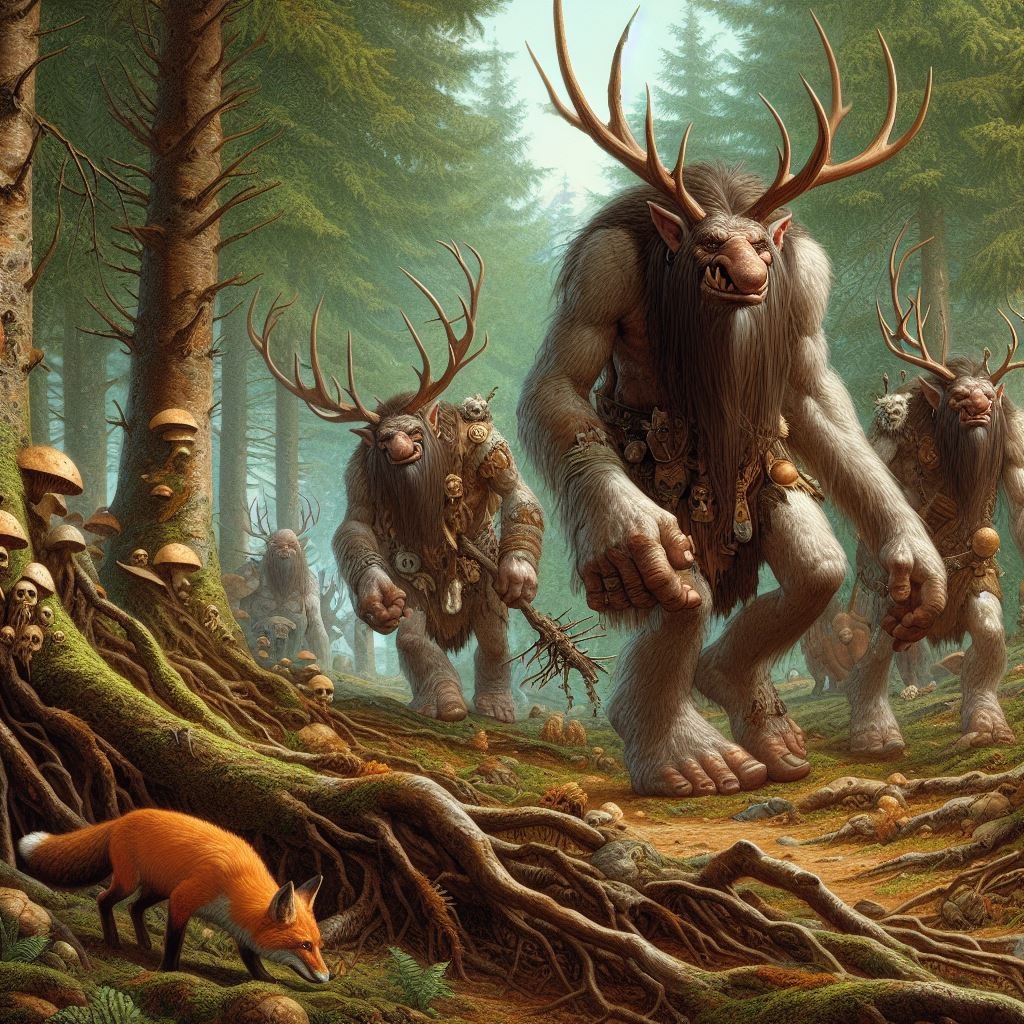The larger issue the AI doesn't have infinite images/ material to work from. It uses what is out there. Unfortunately, a lot of that is from copyrighted material that companies / people post online (often without indicating it is copyrighted material).
I've never, not once, generated anything that is even remotely like what is online and copyrighted. Largely this is because I use very long, specific prompts, which avoid AI just manipulating something that is copyrighted.
You don't need to do that. The AI doesn't interpret your prompt to select an image in a database and add or remove elements. The model doesn't contain any image. Even a small prompt will give you something different from what it was trained on, but there is always a chance, like the one million monkeys typing a piece from Shakespeare, that it will generate something identical to an existing artwork. The chance increase if you're prompting specifically to skew the generation toward it. But it will need a lot of conscious effort to infringe copyright, hence the copyright infringement being on the user.
Also, you could statistically recreate a copyrighted image even if the AI engine was trained only on public domain images or with image it was licensed to, like Adobe's. Prompt with a close enough depiction of Mickey Mouse without mentionning its name and you could certainly acheive something that is close enough to be infringing copyright after enough tries.
While the article was certainly a good one, many of the prompts are SO generic that the AI uses what it has the most samples of, which is typically copyrighted material.
Try it. Generate 1,000 images with "a painted portrait of a man". It's difficult to imagine something more generic. Chances of you replicating a real portrait of a man it was trained on are close to nil. Even if you try to skew it by saying "a 17th century portrait of a man" it will certainly not generate something identical to an already existing 17th century portrait it was trained on.
On the other hand, a very short prompt "Jack Sparrow" might very well generate something recognizable as Jack Sparrow. But if the user use that as a prompt and redistribute the work, I'd say it's his fault...
So, it doesn't surprise me the onus will fall on the user. The company can certainly do what it can, but it offers a service and what anyone chooses to do with that service in really on them, particularly on anything they then use commercially.
Much like the paint vendor doesn't get sued when you use their paint to paint Mickey Mouse and sell it. And you don't get any warning from Microsoft that using word implies the risk of infringing copyright (should you try to write fanfiction about an horrible soapy teenager love story between a werewolf and a vampire).
Last edited:

